Interview with Dr Mirjam Wenzel, Director of the Jewish Museum Frankfurt concerning two amazing exhibitions: the new permanent exhibition celebrating the Jewish presence in Frankfurt from the past to the future, as well as the amazing exhibition on the theme of revenge, exploring its perception in the Bible, the work of Tarantino (Inglourious Basterds), that of Marvel (including the character Magneto) and other surprising references.
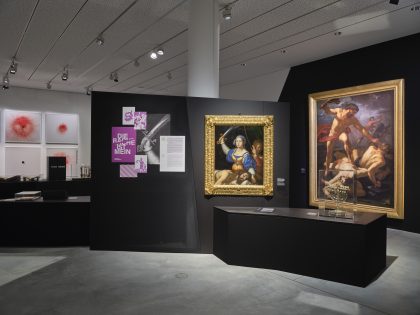
JGuide Europe: You are currently showing “Revenge. History and Fantasy.” What is special about the exhibition?
Dr. Mirjam Wenzel: Basically, everything. It is the first exhibition in the world that explicitly deals with the various aspects of revenge in Jewish cultural history. Our exhibition spans an arc from acts of revenge in the Thorah to thoughts of retribution after the Shoah and relies on images and narratives of popular culture. Originals on display include the painting “Judith and Holofernes” (on loan from the Uffizi Gallery), the baseball bat from the film Inglourious Basterds and comic books. The exhibition draws its emotional power from the calls for revenge by people who were murdered during the Shoah. You can get a first impression in my short guided tour through the show: Revenge: History and Fantasy – Jüdisches Museum Frankfurt (juedischesmuseum.de). The catalogue (Hanser Verlag) is available in English, as well. Due to popular demand, we have extended the exhibition until October 3 – so we would of course be delighted to welcome you and your readers to the museum!
What has been the reaction to the exhibition?
In the last room of the exhibition, our archive of the present, includes a feedback wall. This wall is a continuation of the dialogue between me and the curator about the subject of the exhibition that is put on display throughout the whole space. In the last room we as the visitors about their thoughts and feelings. Many thank us for an interesting and informative exhibition that proves that marginalized minorities do not necessarily develop a victim mentality. Others are concerned with the question of how they themselves would react, if their families were threatened, or worse. Most commented that they had not heard of Jewish acts of revenge until now. In General, we have received an overwhelming positive response to the exhibition – both on this wall, on Social Media and in the press.
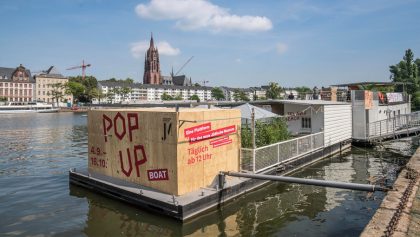
Can you share a personal anecdote about a previous Festival?
In 2016, the Jewish Museum Frankfurt opened its Pop-Up Boat on the Main river on the European day of Jewish culture. The Pop-Up Boat was a space for encounters that included a Pop-Up exhibition, participatory displays, a Tel Aviv beach bar, lunch talks and workshops introducing the issues and themes addressed by the new Jewish Museum, such as: What is Jewish art? What are family ties and how long do they hold together?
In the evening it was a platform to experience contemporary Jewish culture with concerts, readings, panel discussions, performances and film screenings – cheeky and serious, conscious of tradition and provocative, unsentimental and confrontational. Right before the opening of the Pop-Up Boat it was raining heavily. There seemed to be almost no place on the boat where one could stand without getting wet. But all of a sudden, right before the Lord major appeared for the opening ceremony, the sun came out and we were rewarded with a beautiful rainbow right above the boat – an almost biblical experience.
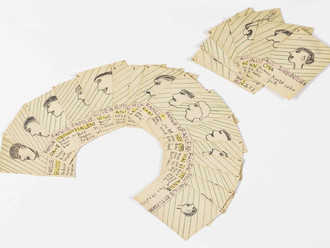
Can you tell us about the Museum’s exhibition “We are now”?
“We are now” is the title of the new permanent exhibition in Rothschild-Palais dedicated to the Jewish experience of modern life in Frankfurt from emancipation until today. Displayed on three floors of the Rothschild-Palais, it offers different approaches to Jewish history and culture in one of the main centers of Modern Jewish life Europe: Starting in the presence, the permanent exhibition tour outlines major historical events and conflicts, reflects on Modern changes of traditions and rituals, and tells individual stories in a mixed media setting, from a Jewish perspective. A special focus lies on renowned fine artists, like for example Moritz Daniel Oppenheim, and scholars like Samson Raphael Hirsch, Martin Buber, Max Horkheimer and Theodor W. Adorno.
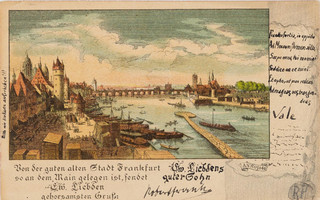
Jews shaped the cultural, economic, scientific and social development of Frankfurt decisively, even after the Holocaust. Based on their own experience of migration they gave distinction to municipal cosmopolitanism as well as to the European meaning of Frankfurt as a city of publishing, scholarship, trade and finances.
In order to offer a personal approach to this extraordinary history, a special focus of the exhibition is dedicated to Jewish families, like Anne Frank’s family whose history is presented exclusively with original objects and documents of family inheritance or to the world-famous Rothschild family whose success story is being presented in the historical setting of the representative rooms they once lived in.
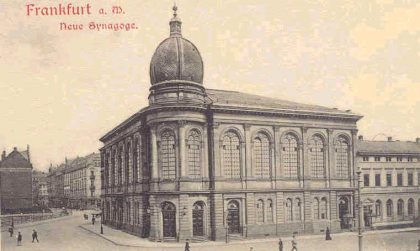
Which particular place related to Frankfurt’s Jewish heritage do you feel should be better known?
The Börneplatz synagogue. Inaugurated in 1885, the sandstone building offered a room for 800 prayers observing the conservative liturgy. It was situated right at the end of the former Judengasse beside a vived marketplace. During the Weimar Republic the synagogue became the epicenter of what is called the Jewish Renaissance and attracted a lot of intellectual rather secular Jews like for example Martin Buber, Franz Rosenzweig, Siegfried Kracauer, Samuel Agnon. Destroyed in the November pogrom of 1938, the synagogue left hardly any traces in the memory of the city, today.